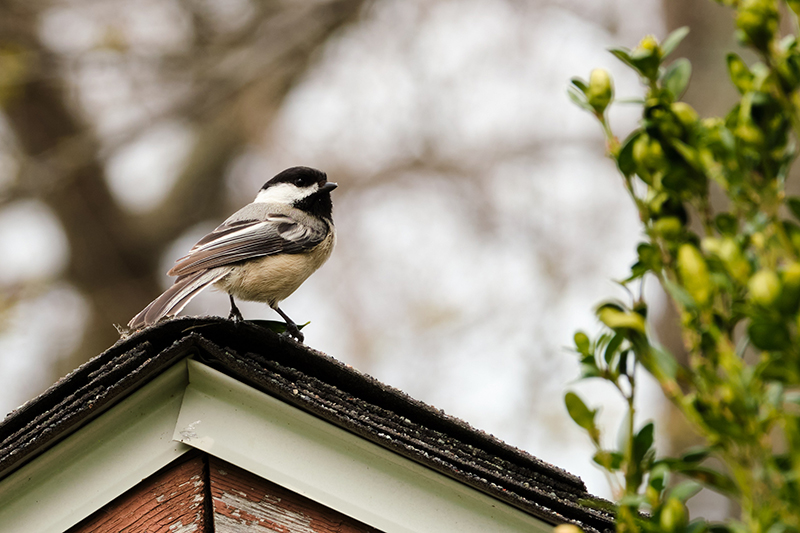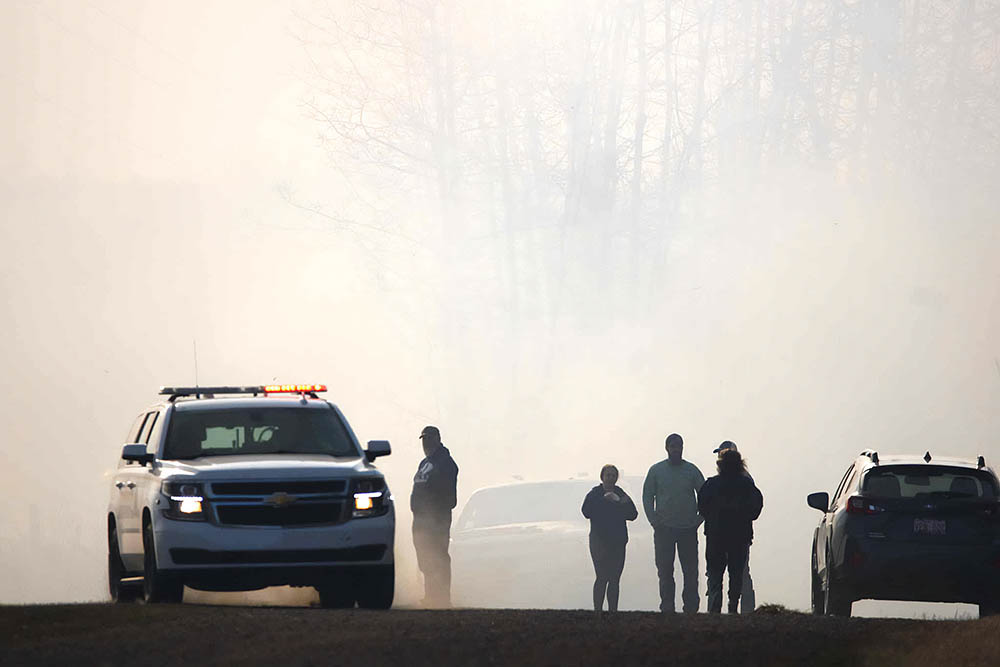
Brett McKay,
Local Journalism Initiative Reporter
New research on bird diversity in east-central Alberta could help rural municipalities and conservation groups improve bird conservation efforts.
The study, published in The Wilson Journal of Ornithology, measured species richness in the mixed-use habitat characteristic of central Alberta, where the landscape transitions between grassland, farmland, aspen parkland, and boreal forest. Each of these habitats has bird species representative of the environment, which can be measured and used as a tool to understand the health of the habitat, said Dr. Glen Hvenegaard, one of the study’s authors and professor of environmental science at the University of Alberta Augustana Campus.
“We can also recognize that each habitat is quite different. We can’t pretend that we’re in central Alberta protecting one chunk of land and assume we’re going to cover all habitats. Our central Alberta region has quite diverse habitats, we’ve got to do some effort in each of those habitats in order to protect birds,” Hvenegaard said.
Researchers counted bird species by recording devices in the four habitat types in upland and wetland areas around Beaver Hills, Alta., and identifying vocalizations on the recordings. In total, 114 species were identified across all sites, including two species classified as “may be at risk” and 18 which are sensitive, according to provincial conservation status.
Grasslands were found to have higher species richness than agricultural sites and aspen parkland sites. It is also one of the most threatened habitats in Canada, making the birds which rely on it more vulnerable, Hvenegaard said.
“In fact, a disproportionately high number of species from grassland habitats are on the Species at Risk Act list,” he said.
“Sometimes we think that whatever grasslands we have wanted to convert to agriculture have already been converted. But no, the process is still continuing. So, we need to make special efforts there.”
Bird populations throughout North American have declined over the last 50 years. Previous research has found shorebirds, grassland birds, and aerial insectivores have fallen by as much as 70 per cent since 1970.
Parkland, boreal, and grassland each have their individual character, indicator species, and threats, which should be considered in developing bird conservation programs, Hvenegaard said.
“Habitat conservation is not one size fits all. It requires nuance and understanding the complexity of what is there. I think we’ve demonstrated that even though it is all in central Alberta, we can’t assume that all these birding groups are all the same. They’re quite unique to each habitat.”
While research can help guide effective policy, when it comes to getting people interested in and advocating for any kind of nature conservation, firsthand experiences are the strongest motivator for action, said Hvenegaard.
“With either dark skies, or with birds, or with a variety of habitats, with that firsthand experience you get to really get a deep understanding and good appreciation of all that it has to offer,” he said.
“Those people really deeply understand or appreciate them, they can really think about good positive attitudes towards their future. And that is the ultimate step towards changing behaviour.”
For birders it could mean taking binoculars to a sanctuary or the experience of releasing a banded bird from their hand that inspires them to support parks, habitat protection, research, or education, “but it really starts with a personal connection.”
Brett McKay,
Local Journalism Initiative Reporter
St. Albert Gazette

